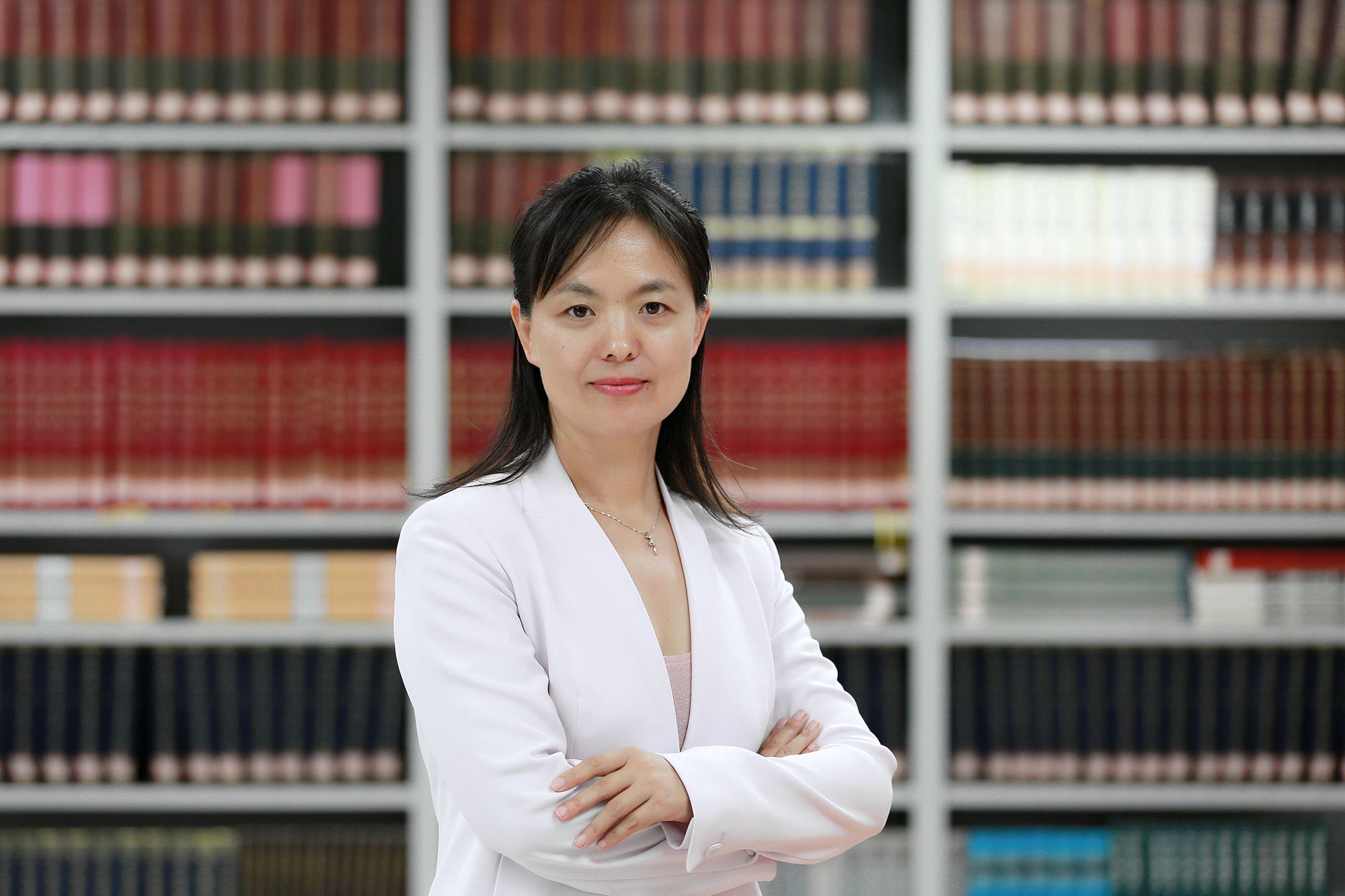
Abstract: Influenced by the interplay between common law and civil law traditions, the commercial arbitration legal systems of Chinese mainland, Hong Kong, and Macao have undergone significant transformations, resulting in a mixed picture characterized by both commonalities and distinctions. Within the unique political and legal structure of “one country, two systems, three jurisdictions”, the harmonization and innovation of commercial arbitration legal regimes in the Guangdong - Hong Kong - Macao Greater Bay Area (GBA), as articulated in the “Outline Development Plan for the Guangdong - Hong Kong - Macao Greater Bay Area”, requires reconciling substantive differences in commercial arbitration while preserving the autonomy of each jurisdiction. It involves strengthening the alignment of legal norms, integrating procedural mechanisms, and advancing innovations of institutional conception to effectively address the emerging challenges in commercial dispute resolution stemming from dynamic changes both within and beyond the GBA. The traditional paradigm of legal transplantation theory, which emphasizes the unilateral transfer of rules between jurisdictions, is increasingly ill-suited to the complexity of this regional context. Similarly, the broad analytical framework of legal globalization theory lacks the granularity necessary for addressing the nuanced demands of regional legal collaboration. Instead, the harmonization and innovation of commercial arbitration legal regimes in the GBA should be viewed as a process of systemic and iterative evolution with co-development, co-construction, and co-sharing of rules. By continuously adopting a self-referential and self-productive systematic approach, a self-created legal (sub) system for commercial arbitration in the GBA with a rigorous internal logic and continuous self-innovation and optimization can be established. Achieving this vision necessitates a suite of tailored, systematic strategies. This includes advancing legislative efforts to facilitate the legal harmonization and innovation across the GBA, establishing a high-profiled institution to guide the convergence of legal rules and the development of innovative frameworks, and encouraging regional dispute resolution bodies to jointly formulate aligned norms, standards, and guidelines. These efforts aim to facilitate structural coupling between the common law and civil law traditions, thereby contributing the “GBA Model” and “Chinese Wisdom” to the evolution of global legal civilization.
Key Words: Guangdong - Hong Kong - Macao Greater Bay Area, Commercial Arbitration, Legal Transplantation, Legal Globalization, Legal Autopoietic Systems
Author: Mao Xiaofei, associate research fellow, CASS Institute of International Law; research fellow, National Research Base for Foreign-related Rule of Law;
Source: 6 (2024) Chinese Review of International Law.



